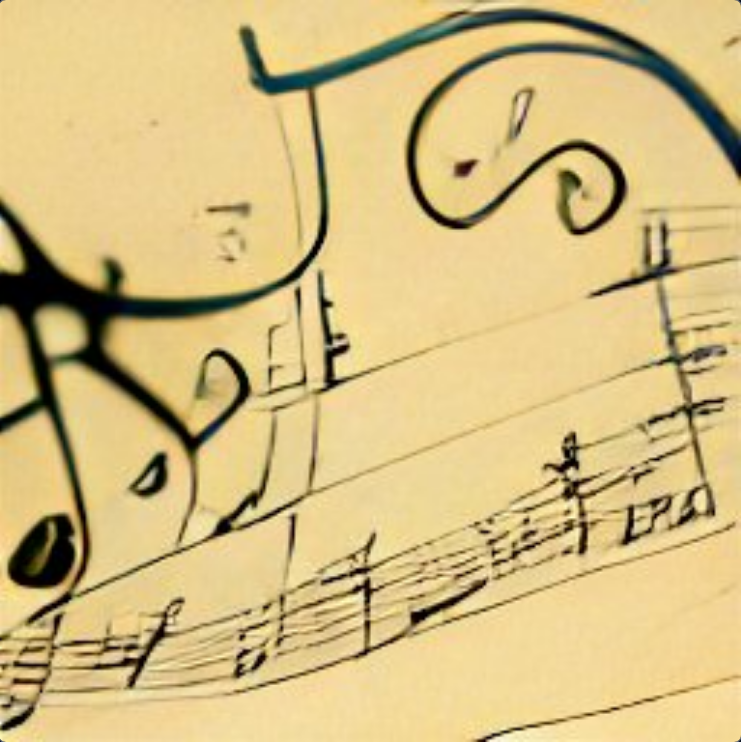My previous post focused on the concept of the Rhizome as discussed by Deleuze & Guattari in their 1987 publication, ‘A Thousand Plateaus: Capitalism and Schizophrenia.’
In the blog, I discussed the six principle characteristics providing my own interpretation and providing examples of each in physiotherapy.
In this post, I share an example of rhizomatic thinking through the median of a musical score. In principle three of the rhizome: the principle of multiplicity, Deleuze and Guattari describe an example of how music can represent the “determinations, magnitudes, and dimensions” of the changing nature of multiplicity. They write:
“When Glen Gould speeds up the performance of a piece, he is not just playing virtuosity, he is transforming the musical points into lines, he is making the whole piece proliferate (pg.8).”
Later in the same chapter, Deleuze and Guattari make reference to music once again. Describing the transformational multiplicities music has by being able to make new connections and relations, behaving like the rhizome, is able to rupture, deterritorialise and reterritorialise:
“Music has always sent out lines of flight, like so many “transformational multiplicities,” even overturning the very codes that structure or arborify it; that is why musical form, right down to its ruptures and proliferations, is comparable to a weed, a rhizome (pg.12).”
The musical score I wish to share is a piece by the Canadian composer Jean-Michel Blais. The title of the piece: Nostos. See if you can capture the moment where Jean-Michel makes the piece proliferate, sending out lines of flight (a line of flight is the term given to the projections darting off the multiplicity – like the rhizome, projections dart off in many different directions).
Enjoy.
TNP
Featured image created by Craiyon @ craiyon.com


Leave a comment